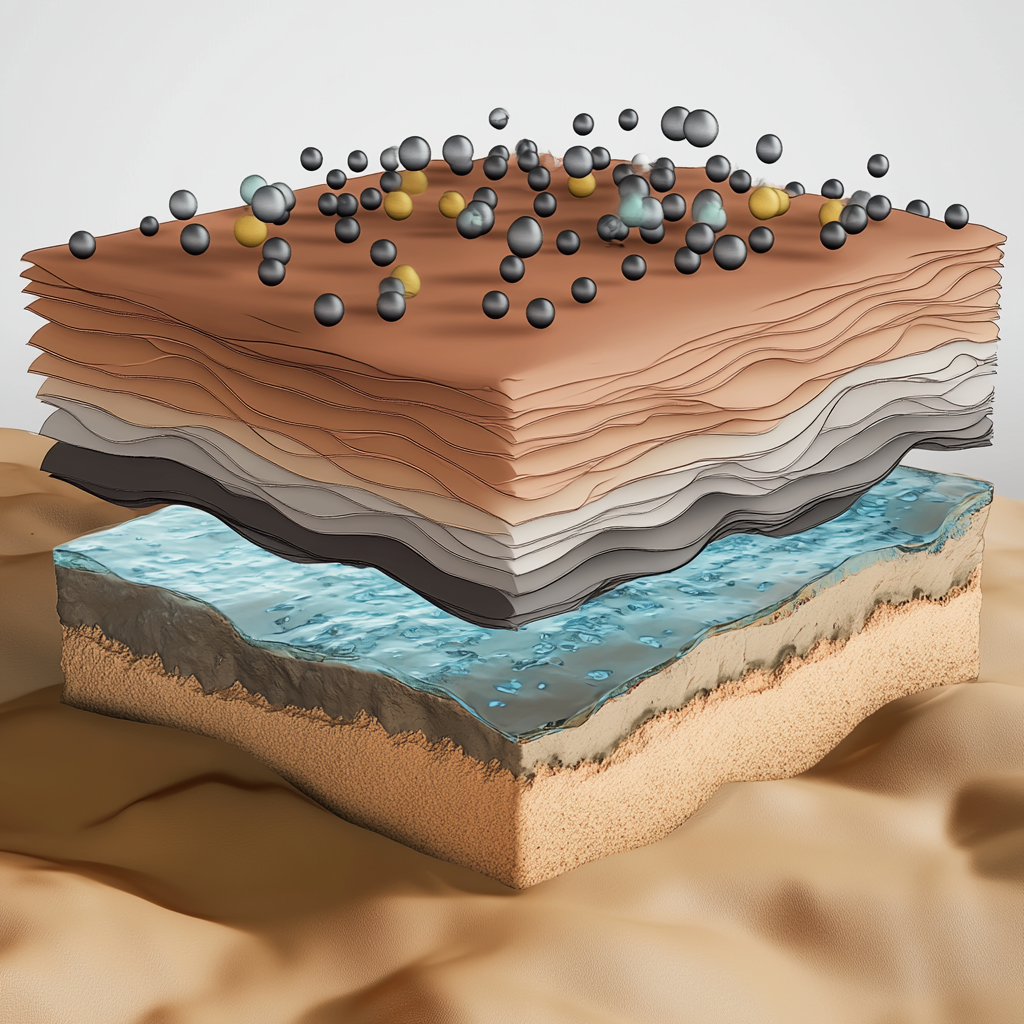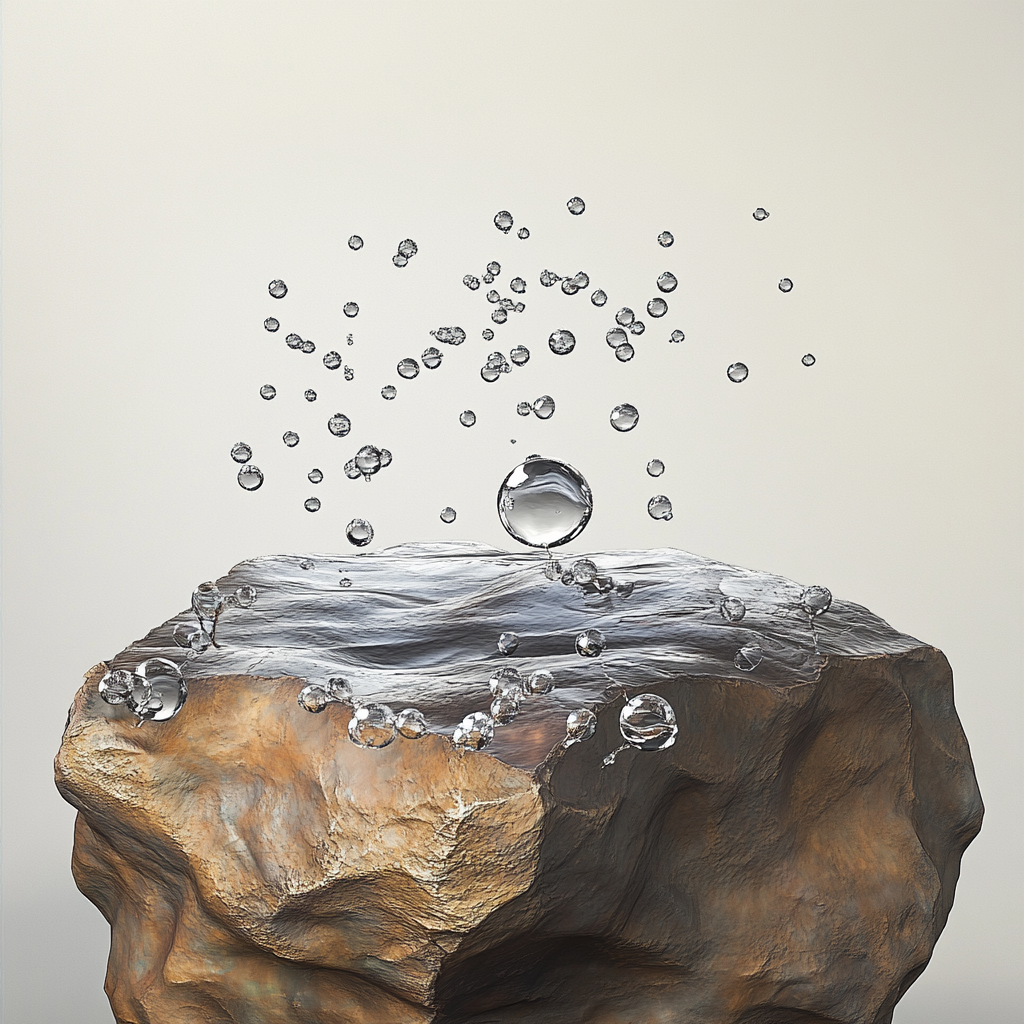Clay-Organic Component Interactions
In this paper, we investigated dependency of thin brine film stability confined between rock and hydrocarbon layer on brine solution properties in terms of salinity and anionic components. Molecular Dynamics simulation was used to investigate behavior of the system at rock/brine and brine/oil interfaces to characterize thin brine film. Here, montmorillonite, a thin water film containing different salinities (low salinity water, 5,000 ppm, and high salinity water, 70,000 ppm) of NaCl and Na2SO4, and organic components constituting 3:1 M mixture of decane and sodium decanoate were considered to represent rock, brine, and oil, respectively. High salinity brine makes the thin film more stable. Extensive repulsive electrostatic forces between Cl− anions distributed in brine film and carboxylate functional groups at the brine/oil interface impede penetration of oil components into the brine film and then their adsorption onto the clay surface. Low salinity Na2SO4 showed the most stable brine film, in which distribution of anions at the brine/oil interface prevents intrusion of oil components into the brine film. However, high salinity Na2SO4 showed strong potential in forming ionic aggregations comprising Na+ cations and anions. These ionic aggregations act as bridging agents to adhere oil constituents onto the clay slab.
Authors:
Mehdi Ghasemi, Ali ShafieiJournal:
Applied Surface ScienceDate:
December 30, 2022
Category:





